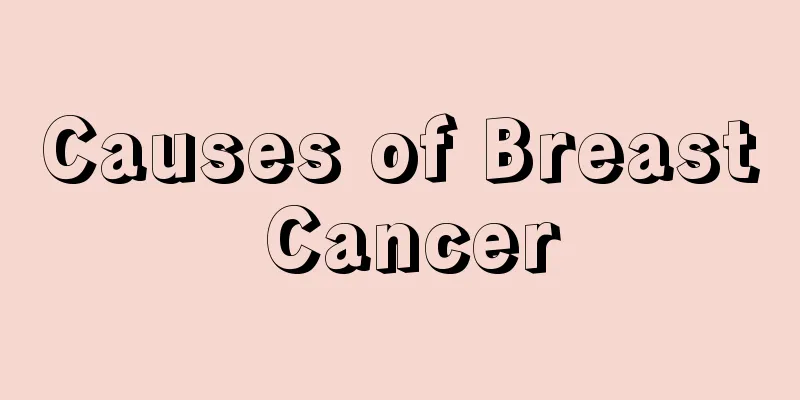What are the hazards of nasopharyngeal cancer

|
Nowadays, more and more people are suffering from nasopharyngeal cancer in our lives. Once we suffer from this disease, it will bring us great harm. However, there is a saying that ignorance is bliss. Some people do not know much about the disease, so they do not pay much attention to it. What I am going to introduce to you today is the harm of nasopharyngeal cancer. Nasopharyngeal carcinoma refers to a malignant tumor that occurs on the top and side walls of the nasopharyngeal cavity. It is one of the most common malignant tumors in my country, and its incidence rate ranks first among malignant tumors of the ear, nose and throat. Common clinical symptoms include nasal congestion, blood in mucus, stuffy ears, hearing loss, diplopia and headache. Most nasopharyngeal carcinomas are moderately sensitive to radiotherapy, and radiotherapy is the preferred treatment for nasopharyngeal carcinoma. However, for highly differentiated cancers, late-stage disease, and cases of recurrence after radiotherapy, surgical resection and chemotherapy are also indispensable means. Ear damage is a common symptom of nasopharyngeal carcinoma. Moreover, under normal circumstances, nasopharyngeal carcinoma patients have tinnitus, hearing loss, and a sense of occlusion in the ears. When nasopharyngeal carcinoma occurs on the side wall of the nasopharynx, the lateral fossa or the upper lip of the Eustachian tube opening, the tumor compresses the Eustachian tube, which may cause unilateral tinnitus or hearing loss, and catarrhal otitis media. Headache. If rhinitis cancer is not treated, the patient will suffer from headache. Experts point out that headache is a symptom that basically runs through the entire course of the patient's illness. Headache is a relatively common one, accounting for 68.6%. In the early stage, the location of the headache is not fixed and intermittent. In the later stage, the headache is continuous and difficult to relieve, causing the patient to suffer. Other hazards, in addition to those introduced above, nasopharyngeal carcinoma can also cause a lot of harm, such as: metastasis and spread in multiple places, so the harm caused is also relatively large. For example, it can directly invade the adjacent nasal cavity, which is called extracranial expansion. It can also expand to the base of the skull, invading the middle cranial fossa and posterior cranial fossa, causing bone destruction and related cranial nerve paralysis, which is called skull base and intracranial expansion. (1) The onset of nasopharyngeal carcinoma can cause serious harm to the patient's ear health. Usually, patients with nasopharyngeal carcinoma experience tinnitus, hearing loss, and a feeling of blockage in the ear. When nasopharyngeal carcinoma occurs in the lateral wall of the nasopharynx, the lateral fossa, or the upper lip of the Eustachian tube opening, the tumor compresses the Eustachian tube, which can cause unilateral tinnitus or hearing loss, and catarrhal otitis media. Unilateral tinnitus or hearing loss, and a feeling of blockage in the ear are all manifestations. (2) During the course of the disease, nasopharyngeal carcinoma patients will experience headaches, and this symptom will basically last throughout the entire course of the patient's illness. Headache is a relatively common symptom of nasopharyngeal carcinoma, accounting for 68.6%. In the early stage, the location of the headache is not fixed and is intermittent. In the later stage, the headache is continuous and difficult to relieve, causing the patient to suffer. (3) Respiratory mucus is a typical health hazard that patients have to endure. This hazard is also a typical manifestation of the early stage of the disease. If it can be treated in time, the patient's recovery is very likely. The hazards of nasopharyngeal cancer also include blood in the sputum after suctioning the nose or blood in the mucus when blowing the nose. In the early stage, there is only a small amount of blood in the sputum or mucus, which sometimes appears and sometimes disappears. In the late stage, there is more bleeding and there may be nosebleeds. What harm does nasopharyngeal cancer bring to us? The above content is about the harm of nasopharyngeal cancer. I believe that everyone has understood it through the introduction of the above article. Therefore, we must pay attention to this disease and actively prevent its occurrence to avoid it from finding us. |
<<: What are the sequelae of nasopharyngeal carcinoma
>>: What are the hazards of nasopharyngeal cancer
Recommend
The efficacy and function of boiling orange water
Many of you may not have eaten boiled orange wate...
Is Trichomonas afraid of vinegar?
Most of the infections of trichomoniasis are caus...
Preoperative preparation for laparoscopic rectal cancer surgery
Laparoscopic rectal cancer surgery can relieve pa...
Why do calves become thicker
Whether it is jogging or doing other aerobic exer...
Revealing how to prevent male breast cancer
Breast cancer is divided into female breast cance...
What is the reason for the pain in the left palm
Many people feel pain in the palms for no reason....
What are the sequelae of pituitary tumors
Tumors are not scary. Medical technology is so ad...
What should I do if I have bloating on the right side of my abdomen?
Some people feel bloating and a little pain in th...
Can moxibustion cure advanced tongue cancer?
When tongue cancer develops to the late stage, pa...
Will sweating consume fat?
When the weather is hot, people often have the pr...
The difference between loose powder and honey powder
Pressed compact is a kind of powder pressed into ...
The advantages and disadvantages of the horse's personality
China is divided into twelve zodiac signs, and ea...
There is a fleshy weight growing outside the anus_What is the fleshy weight growing outside the anus?
Hemorrhoids are a very common anorectal disease i...
How to kill swimming crabs
There are many types of crabs. When choosing the ...
Sitting for a long time can easily lead to cervical cancer
Among all kinds of malignant tumors in women, the...









